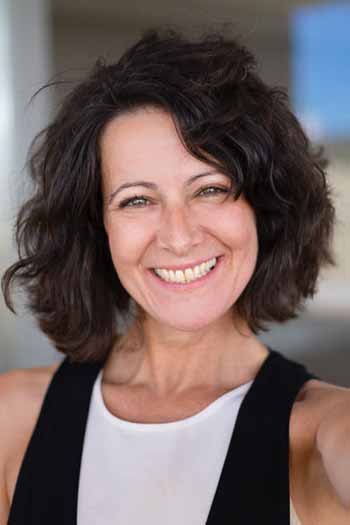Your Tutor: Maddy Wainright (PHD)

Maddy Wainright has nine years of experience in teaching international curriculum at an IB school and International school in Hong Kong. She teaches IBDP Mathematics, IGCSE Mathematics syllabuses including Additional Mathematics 0606, Extended Mathematics 0580, International Mathematics 0607 as well as courses in the junior secondary levels. She has also been the Form Tutor in different year levels and experienced in providing guidance and pastoral care to students. Maddygraduated from The Chinese University of Hong Kong with a degree in Electronic Engineering.
She further achieved a Ph. D in Electronic Engineering in 2008 and obtained her PGDE with Distinction from the same university. Through the years of teaching, Maddy puts efforts to engage and support students and let them understand the application and power of Mathematics in the real world and explore the beauty of Mathematics through their learning journey.
Demo Course: Basics of Anatomy - £200.00 Discounted from £200.00
Created by a team of doctors and medical students, each topic combines anatomical knowledge with high-yield clinical pearls, seamlessly bridging the gap between scholarly learning and improved patient care.
Read more below!
Your tutor: Maddy Wainright
Maddy Wainright has nine years of experience in teaching international curriculum at an IB school and International school in Hong Kong. She...
View full profile